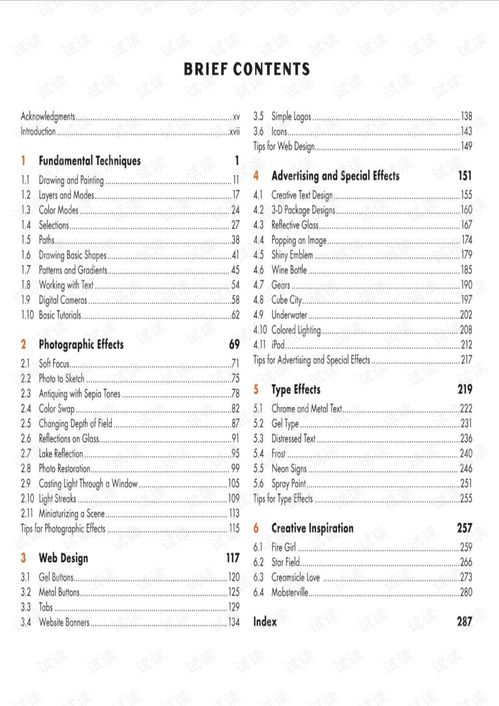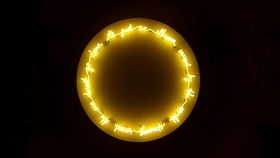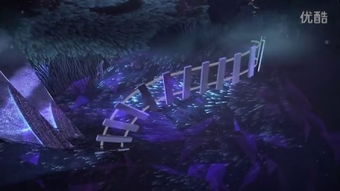Content:
Introduction: The bighead carp, also known as the Chinese bighead, is a highly sought-after fish in freshwater fishing. Its large size, impressive strength, and delicious taste make it a favorite among anglers. However, catching a bighead carp can be quite challenging. In this article, we will delve into the essential techniques and tips that will help you master the art of catching bighead carps, also known as大黄骨鱼.
Understanding the Habitat: Before you start fishing for bighead carps, it's crucial to understand their habitat. Bighead carps are typically found in slow-moving rivers, lakes, and ponds with a moderate to heavy current. They prefer areas with abundant vegetation, such as reeds, water lilies, and submerged trees. Familiarize yourself with the specific waters you plan to fish, as this knowledge will greatly increase your chances of success.
Choosing the Right Equipment: To effectively catch bighead carps, you'll need the right equipment. Here are some essential items to consider:
Rod and Reel: A medium to heavy-duty rod and reel combination is ideal for bighead carps. The rod should be at least 7 feet long to provide the necessary leverage, and the reel should have a good drag system to handle the fish's strength.
Line: Use a monofilament line with a breaking strength of at least 20 pounds. The heavier the line, the better it will handle the bighead carp's powerful pull.
Hooks: Bighead carps have a strong bite, so use large hooks with a size between 4/0 and 6/0. The hook should be strong and sharp to ensure a secure catch.
Lures and Baits: Bighead carps are known for their voracious appetite. Use a variety of lures and baits, such as live bait, artificial lures, and natural baits like worms, leeches, and crustaceans.

Timing and Weather Conditions: Bighead carps are most active during the early morning and late evening hours. These are the best times to fish for them. Additionally, consider the weather conditions. Overcast days or periods of rain can trigger bighead carps to feed more actively.
Presenting the Bait: When fishing for bighead carps, it's essential to present your bait in a way that mimics natural prey. Here are some techniques to consider:
Dead Bait: Hook your bait, such as a worm or leech, and allow it to sink to the bottom. Let it rest for a few moments before slowly twitching it or giving it a slight lift to simulate natural movement.
Live Bait: If you're using live bait, such as a small fish or crayfish, let it swim freely near the bottom. Bighead carps are attracted to the movement and scent of live bait.
Artificial Lures: When using artificial lures, imitate the natural movement of prey. Jerk, twitch, or wobble the lure to entice the bighead carp to strike.
Patience and Persistence: Catching bighead carps requires patience and persistence. These fish are often cautious and may take some time to bite. Stay focused and be prepared to wait for extended periods. Remember that the best catches often come from persistence and not just luck.
Landing the Bighead Carp: Once you've hooked a bighead carp, it's time to land it. Here are some tips to ensure a successful catch:
Keep the Line Taut: Maintain tension on the line to prevent the fish from swimming away. However, avoid applying too much pressure, as this may break the line.
Use a Net: Once the fish is close to the boat or shore, use a net to help guide it into a secure position. A net with a fine mesh is best for capturing bighead carps.
Be Gentle: Bighead carps are strong and can be quite agile. Handle them with care to avoid injury and to ensure their survival.
Conclusion: Catching bighead carps, or大黄骨鱼, can be a rewarding and exhilarating experience. By understanding their habitat, choosing the right equipment, and employing effective fishing techniques, you'll increase your chances of success. Remember to be patient, persistent, and gentle when handling these magnificent fish. With practice and experience, you'll soon become a master of catching bighead carps. Happy fishing!












